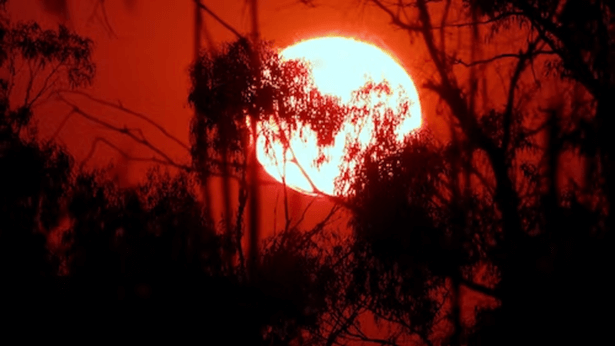Record-Breaking Heat Wave Sweeps Across Western North America.
In an unprecedented turn of events, a scorching heat wave has engulfed several cities across the states of Oregon and Washington, as well as the western provinces of Canada.

Temperatures have soared to extraordinary heights, surpassing the 40ºC (104 ºF) mark in multiple locations. Notably, the small village of Lytton in Canada shattered all previous records by reaching an astonishing 49.6ºC (121 ºF), setting a new all-time high for the country. This blistering heat wave has left residents and authorities grappling with the extreme conditions as they navigate the challenges posed by such intense heat. The affected regions, known for their typically mild climates, have been thrust into uncharted territory as temperatures skyrocketed.

Recent mortality estimates may have underestimated the toll by several hundred additional deaths. The current figures may not accurately reflect the full extent of the situation. While the exact number of fatalities remains uncertain, preliminary data suggests that the current estimates fall short of capturing the complete picture.

Death Valley, California, renowned as the nation’s scorching hot spot, is expected to experience record-breaking temperatures on Tuesday, with forecasts indicating a staggering high of 125 degrees. The state capital of Sacramento is bracing itself for heat waves that have never been witnessed in September. Historically, the city has never experienced temperatures surpassing 109 ºF degrees during this time of year. Fresno, a city in California’s Central Valley, is expected to surpass its previous September record of 111 degrees.

Heat Warnings and Advisories Issued for Multiple States in the Western U.S.
The National Weather Service has issued heat warnings and advisories for most Western United States. According to the weather service, these alerts are currently in effect for various regions in California and Nevada, as well as parts of Utah, Oregon, Idaho, and Arizona. Residents and visitors in these areas are urged to take necessary precautions to protect themselves from the potentially dangerous heat.
Meteorologists highlighted a remarkable weather phenomenon in Boise, Idaho. On Tuesday, September 6th, the city experienced a scorching temperature of 98 degrees, marking the highest recorded temperature in its history. This extraordinary event has captured the attention of locals and weather enthusiasts alike. In a recent weather update, meteorologists have revealed the anticipated temperatures for Tuesday and Wednesday. According to the forecast, Tuesday is expected to reach 103 degrees, while Wednesday is predicted to be even hotter at 104 degrees. The prediction also extends to Salt Lake City and specific areas of Wyoming.
In an announcement made on Sunday, Elliot Mainzer, President and CEO of California’s ISO electrical grid, revealed that a multi-day event set to commence tomorrow would be significantly ramping up in intensity. Monday will have the most significant risk of rotating outages so far this summer, with a load prediction of 48,817 MW and energy shortages of 2,000–4,000 MW.
The requests for a statewide reduction in electricity use started on Tuesday and are anticipated to continue at least through Friday. The ISO has declared that the current heat wave has set records for its extreme temperatures and length.
Researchers from the United States, Canada, the United Kingdom, the Netherlands, France, Germany, and Switzerland worked together to determine how much of an impact human-caused climate change had on the severity and frequency of this heatwave.
They conducted a thorough analysis using published peer-reviewed methods to examine the impact of human-induced climate change on maximum temperatures in a region heavily affected by heat. This region encompasses 45-52 ºN latitude and 119-123 ºW longitude, which includes major cities such as Seattle, Portland, and Vancouver. These cities alone have a combined metropolitan population exceeding 9 million people.
The future is expected to witness a surge in heatwaves, with greater intensity and duration. This emphasizes the crucial need to decrease greenhouse gas emissions to mitigate further global warming substantially.
